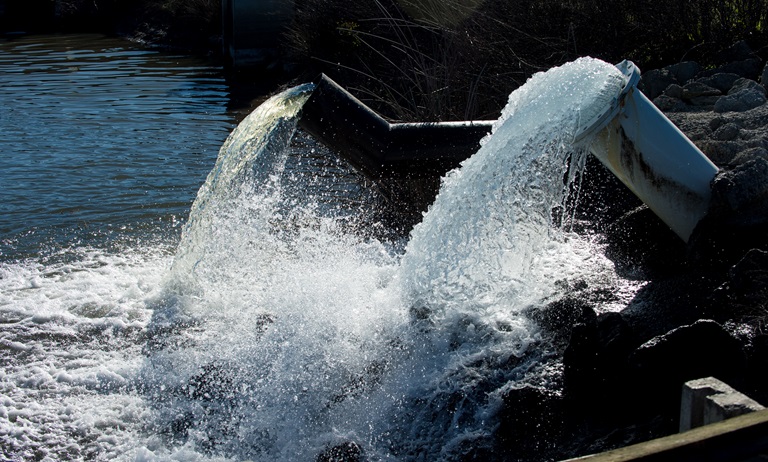5 Reasons Groundwater is Vital to Californians
Published:
Gray Lodge Wildlife Area in Gridley has groundwater wells that are pumping water to flood fields and supply water for waterfowl.
If you’re like most Californians, you turn on the faucet and probably don’t think about where your water comes from.
We rarely pause to consider the incredible journey our water makes to get to the tap – how it falls as rain or snow, then travels through rivers and streams, lakes, watersheds, canals, treatment plants, and pipes to get to us.
A lot of Californians also depend on groundwater. Below the earth’s surface are layers of soil, gravel, and rocks that create aquifers. Aquifers work like a sponge to absorb and store water that percolates through the soil. Groundwater can be accessed by wells, which pump water from various underground depths into pipes or canals that provide water to our homes, farms, and businesses.
In California, groundwater is a precious resource that supports the health of our communities, economies, and environment. During this year’s Groundwater Awareness Week, we’d like to share five reasons why groundwater is important:
- Groundwater provides 30 to 60 percent of California’s water, depending on precipitation and reservoir conditions. We pump more groundwater during dry years, which is why it serves as a crucial buffer against drought and climate change.
- Some California communities rely entirely on groundwater for drinking water. When aquifers are depleted, natural contaminants are concentrated making drinking water unsafe. Healthy aquifers equals healthy water.
- Groundwater is a critical resource for many farmers throughout the state, and is used to grow agricultural crops valued at more than $50 billion each year.
- Groundwater is a finite resource. Heavy groundwater pumping depletes aquifers, and can cause land to sink. “Land subsidence” causes damage to critical infrastructure like roads, bridges, levees, canals, and more.
- It takes a long time to replenish overpumped aquifers. Unlike lakes and reservoirs that can fill up after a year of above-average rain and snow, it can take years, and even decades, to replenish underground reservoirs.
In 2014, California passed the Sustainable Groundwater Management Act, which provides a framework for local agencies to manage their groundwater supplies for long-term sustainability. Under the law, DWR provides data, tools, grants, and technical and planning assistance to help local agencies develop plans to achieve the sustainability as prescribed in the law. Prior to 2014, California was one of the only groundwater-dependent states in the western United States to not fully regulate groundwater.
